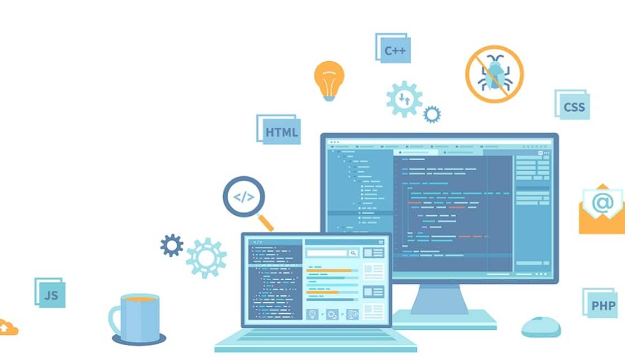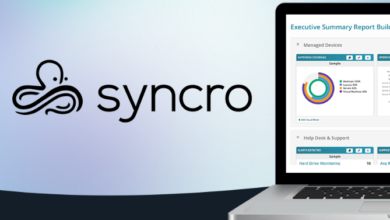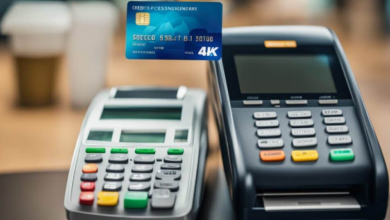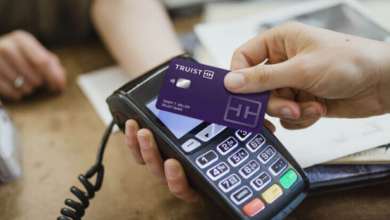RMM for Internal IT

RMM for Internal IT – Remote monitoring and management (RMM) software is a tool that IT teams use to monitor and manage devices and systems remotely. And RMM software can be used to monitor and manage a wide range of devices, including servers, workstations, laptops, mobile devices, and network devices.
RMM for Internal IT: A Complete Guide

Remote monitoring and management (RMM) software is a tool that allows IT teams to monitor and manage devices and systems remotely. This can be a valuable tool for internal IT teams, as it can help them to:
- Reduce downtime: RMM software can be used to monitor devices and systems for potential problems. This allows IT teams to identify and fix problems before they cause downtime.
- Improve security: RMM software can be used to deploy security patches and updates, and to monitor for security threats. This can help to improve the security of an organization’s IT infrastructure.
- Increase efficiency: RMM software can automate many of the tasks that IT teams perform on a regular basis. This can free up IT teams to focus on more strategic tasks.
Benefits of using RMM for Internal IT
RMM (Remote Monitoring and Management) software offers a powerful toolkit for internal IT departments, boosting efficiency, security, and overall IT health. Here’s a breakdown of the key advantages:
- Reduced Downtime: Being proactive is key. RMM allows constant monitoring of devices and systems, identifying potential issues before they snowball into major outages. This lets IT fix problems swiftly, minimizing downtime and keeping operations running smoothly.
- Enhanced Security: RMM goes beyond monitoring. It automates security patch deployment and updates across your network, plugging security holes and hardening defenses against cyber threats. Additionally, features like real-time threat monitoring can help identify and address security breaches quickly.
- Increased Efficiency: Streamlining workflows is a major benefit. RMM automates many routine tasks like software updates, system checks, and basic troubleshooting. This frees up valuable IT staff time to focus on more strategic initiatives and complex problem-solving.
- Improved Productivity: With automated tasks and readily available device information, IT can resolve user issues faster. Remote access capabilities within RMM allow for troubleshooting and fixes without physically visiting user locations, saving time and boosting overall IT team productivity.
- Cost Savings: Reduced downtime, improved security, and increased efficiency all translate to cost savings. Less downtime means less lost productivity. Proactive maintenance prevents costly repairs from reactive troubleshooting. Additionally, automation reduces labor costs associated with manual tasks.
- Scalability: As your organization grows, so does your IT infrastructure. RMM tools are designed to scale seamlessly. They can handle a growing number of devices and systems efficiently, making them a future-proof solution for your internal IT needs.
- Centralized Management: Managing a complex IT environment is easier with RMM. It provides a central dashboard for all device information, system health, and alerts. This centralized view allows IT to identify trends, prioritize tasks, and manage the entire IT infrastructure more effectively.
How to Choose an RMM software
Selecting the perfect RMM (Remote Monitoring and Management) solution for your internal IT team requires careful consideration. Here’s a breakdown of key factors to guide your decision:
1. Size of Your Organization:
- Small Teams: Look for user-friendly, affordable solutions with core features like remote access, patching, and monitoring. Consider options like Atera or IT Glue.
- Medium-Sized Teams: Balance features and scalability. Tools like NinjaOne or Kaseya offer a wider range of functionalities while accommodating growth.
- Large Enterprises: Prioritize scalability, robust security features, and advanced automation capabilities. SolarWinds RMM or Datto RMM might be better suited for these needs.
2. Budget:
- RMM solutions range in price. Determine your budget and explore options that offer the best value for your needs. Look for solutions with flexible pricing tiers that scale with your device count.
3. Feature Needs:
- Identify functionalities crucial for your IT team. Common features include:
- Remote access and control
- Patch management and software deployment
- System monitoring and alerting
- Reporting and analytics
- Security features (anti-virus, intrusion detection)
- Integration with existing IT tools (ticketing systems, PSA platforms)
4. Ease of Use:
- Evaluate the user interface and learning curve. Consider how quickly your team can adapt to the new software. Opt for intuitive interfaces with clear documentation and readily available support.
5. Scalability:
- Choose a solution that can grow with your organization. Consider the expected increase in devices and users in the future.
Additional Tips:
- Research and compare popular RMM options. Reviews, demos, and free trials can be helpful resources.
- Security is paramount. Ensure the RMM software prioritizes data security with robust encryption and access controls.
- Customer support is crucial. Look for a vendor with reliable and responsive customer support to address any issues promptly.
By carefully considering these factors, you can select the ideal RMM software to empower your internal IT team and optimize your organization’s IT infrastructure.
Some of the most popular RMM software solutions include:
- NinjaOne: NinjaOne is a popular RMM software solution that offers a wide range of features, including patch management, remote monitoring, and antivirus protection.
- SolarWinds RMM: SolarWinds RMM is a popular RMM software solution that offers a wide range of features, including network monitoring, server monitoring, and endpoint security.
- Atera: Atera is a popular RMM software solution that offers a wide range of features, including remote monitoring, patch management, and help desk ticketing.
Conclusion
In conclusion, RMM software is a valuable investment for internal IT teams. It empowers them to be proactive, efficient, and secure, ultimately contributing to a more stable and productive IT environment for the entire organization.
RMM software can be a valuable tool for internal IT teams. It can help to reduce downtime, improve security, and increase efficiency. When choosing an RMM software solution, it is important to consider the size of your organization, your budget, and the features that you need.




